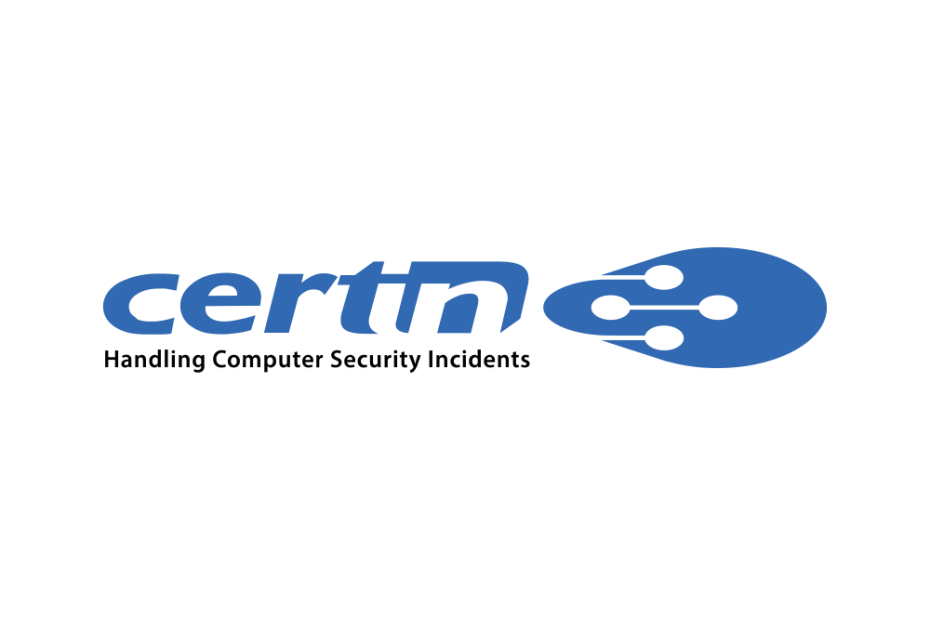Introduction:
Cert-In Empanelment is the procedure by which businesses, also known as empaneled auditors, are granted permission by Cert-In to carry out information security audits and certifications. These audits determine whether a company complies with a set of cybersecurity standards and best practices. It denotes that a company has satisfied the requirements and has the relevant experience to conduct cybersecurity assessments.
In accordance with CERT-In, empaneled security auditors carry out vulnerability assessments and penetration tests, compile a list of current security policies and controls, and test IT assets. This is carried out to evaluate the effectiveness of information security controls.
The empaneled security auditor organization carries out the following tasks:
- Examining IT security regulations
- Information security testing
- Evaluation of Internet Technology Security
- Process Security Assessment
- evaluation of application security
- Evaluation of Communication Security
- WLAN Security Inspection
- Physical Security Checkup
Process Involved to get the Certification.
Certainly, here’s an explanation of the CERT-In empanelment process in an original manner, based on the steps provided by CERT-In:
Step 1: Documentation Review Round
In the initial stage of the CERT-In empanelment process, applicants’ submitted documentation is thoroughly reviewed. This documentation serves as evidence of the applicants’ capabilities, technical expertise, and experience in the realm of cybersecurity services. The review assesses factors such as the applicant’s past work, relevant certifications, and the overall quality of their submissions. This step aims to ensure that the applicants meet the necessary prerequisites for the subsequent evaluation rounds.
Step 2: Offline Practical Skill Test (OFFPST)
The second phase involves an Offline Practical Skill Test (OFFPST). In this stage, applicants are presented with real-world scenarios or challenges related to cybersecurity. They are required to demonstrate their practical skills and problem-solving abilities by devising solutions or strategies for addressing these challenges. The OFFPST allows CERT-In to gauge the applicants’ hands-on proficiency in handling cybersecurity incidents and provides insight into their approach to real-time scenarios.
Step 3: Vulnerability Assessment/Penetration Testing Practical Skill Test (VA/PT PST)
Step 3 focuses on a Vulnerability Assessment and Penetration Testing Practical Skill Test (VA/PT PST). This stage assesses applicants’ capabilities in identifying vulnerabilities within systems, networks, or applications. It also evaluates their effectiveness in conducting penetration tests to simulate cyber-attacks and determine the security robustness of target systems. The VA/PT PST showcases the applicants’ technical prowess in uncovering and addressing potential cybersecurity weaknesses.
Step 4: Personal Interaction Session at CERT-In
The final step involves a Personal Interaction Session at the CERT-In facility. Shortlisted candidates from the previous rounds participate in face-to-face discussions with CERT-In representatives. This session serves as an opportunity for applicants to showcase their communication skills, elaborate on their technical expertise, and address any inquiries from CERT-In. The interaction also allows CERT-In to gain a more comprehensive understanding of the candidates’ suitability and compatibility for collaboration.
It’s important to note that the CERT-In empanelment process follows these distinct steps to meticulously evaluate applicants’ qualifications and capabilities in the field of cybersecurity. Each stage contributes to forming a comprehensive picture of the applicants’ expertise, ensuring that those ultimately empanelled possess the necessary skills to effectively contribute to CERT-In’s cybersecurity initiatives.
The “Certin” certification is a valuable and recognized accreditation that holds its validity for a span of three years. This certification stands as a testament to the recipient’s proficiency and compliance within their field of expertise. With a duration of three years, this empanelment serves as an assurance of the holder’s consistent adherence to the highest standards and practices. Such enduring validity showcases not only their initial achievement but also their commitment to maintaining excellence over an extended period. As the certification remains in effect, it underscores the holder’s dedication to upholding their skills, knowledge, and performance at a level that aligns with industry benchmarks.

